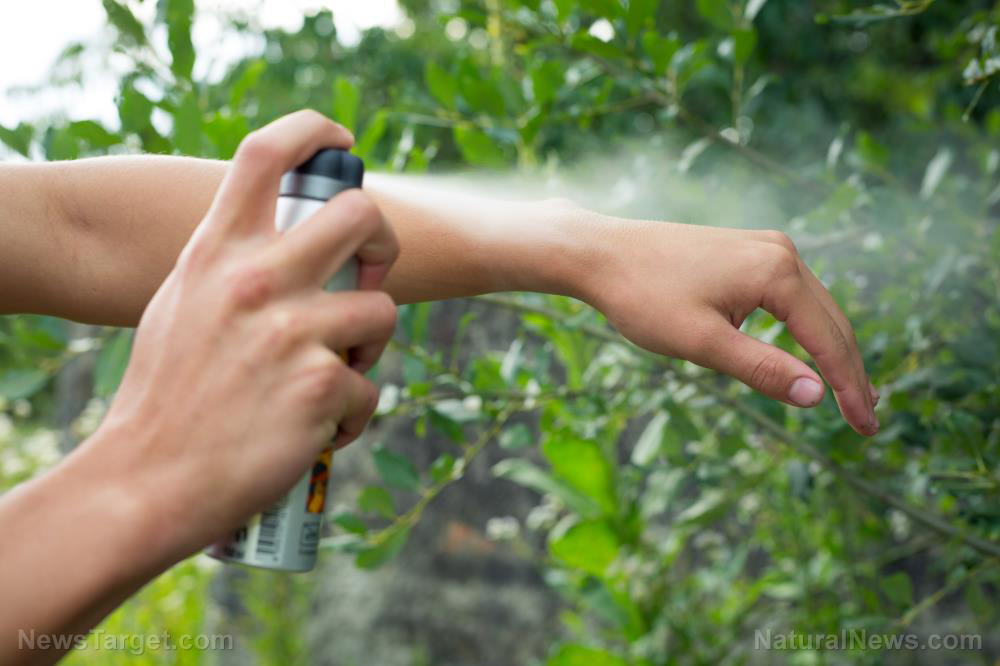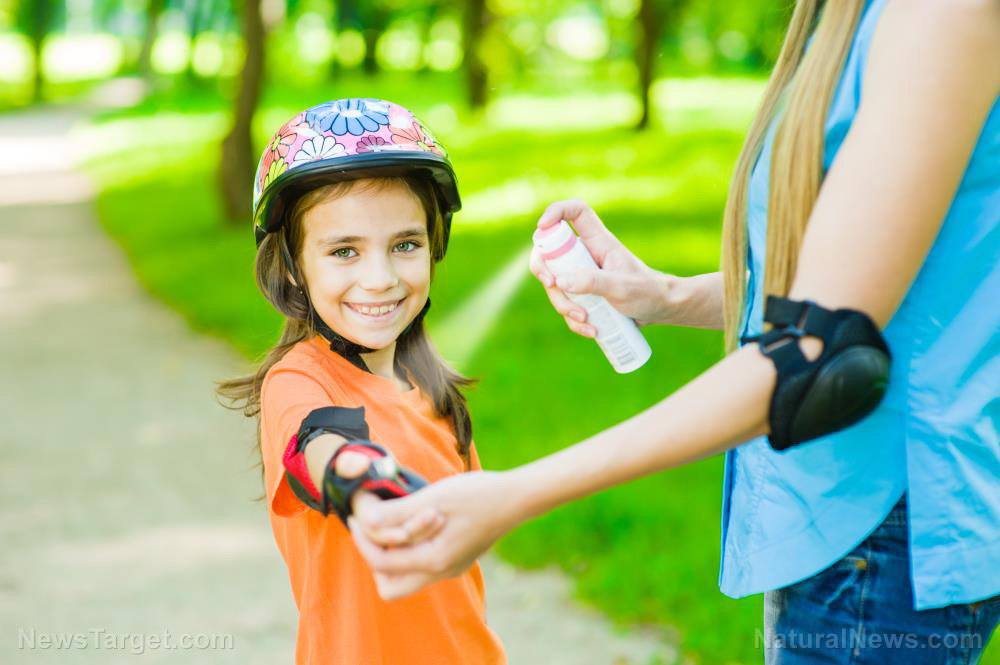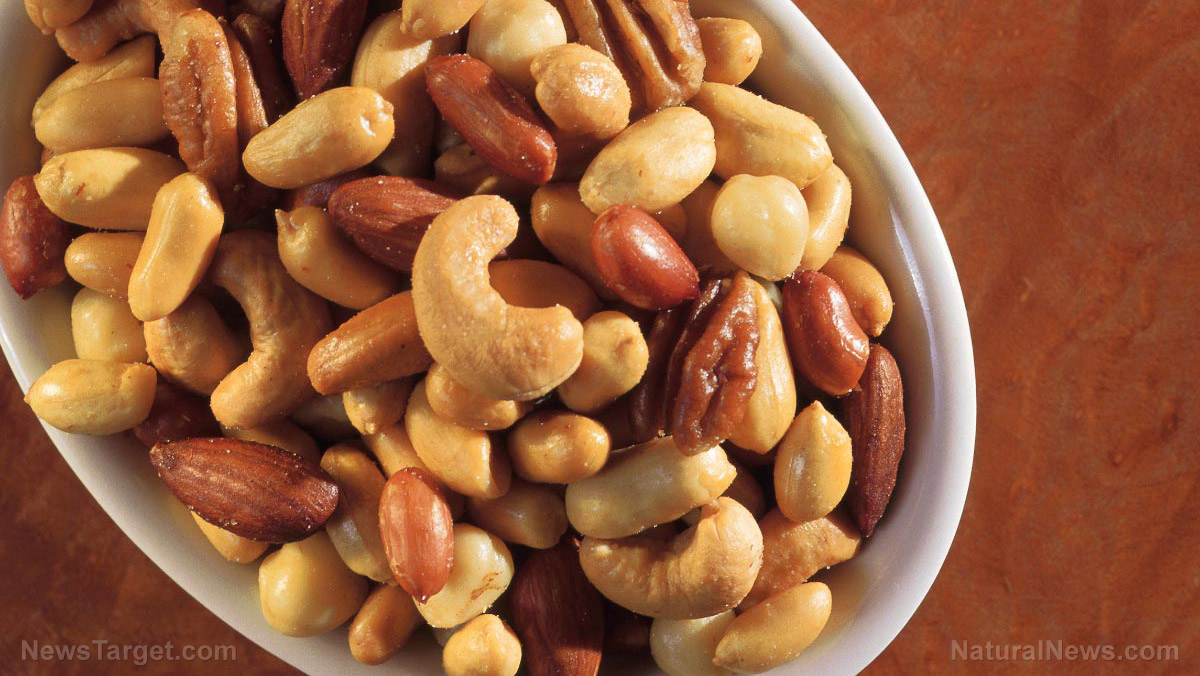
Most warts are harmless and will disappear on their own after a certain period. However, some people might choose to remove them earlier if the warts are spreading, recurring or becoming a cosmetic concern.
Major types
HPV is so common that it infects about 14 million people in the U.S. every year. But whether or not the virus will lead to warts depends on a person's immune system. (Related: Sleep charges your immune system.)
Therefore, people who are most at risk of developing warts are those with weaker immune systems due to a preexisting infection.
Generally speaking, there are five major types of warts. Each one appears on a different part of the body and has distinct characteristics as well. They are as follows:
- Common warts – Common warts tend to grow on fingers and toes but can also appear on knees and elbows. They are rough, firm and usually not painful. However, they can be transmitted by touch.
- Plantar warts – Plantar warts appear on the soles of the feet. They can be painful because they grow into the skin. Walking can be uncomfortable if these warts appear on a weight-bearing part of the foot.
- Flat warts – Small, flat warts tend to grow on the face, thighs and arms.
- Filiform warts – These warts appear around the mouth and nose or, in some cases, on the neck and under the chin.
- Periungual warts – Periungual warts grow near or under toenails and fingernails. They can heavily affect nail growth and cause pain.
Best remedies
Warts can be painful, while the sight of them can often be a cause for embarrassment. Fortunately, you can easily treat warts at home using natural, non-invasive and effective remedies. These include:
- Apple cider vinegar (ACV) – ACV has antiviral properties that help in getting rid of HPV. To treat warts, soak a cotton ball in ACV and apply it on areas with warts. Then wrap the warts with a bandage and leave it on overnight. Let it air out in the morning and repeat as needed.
- Banana peel – The proteolytic enzyme in banana peels can help soften hardened warts and dissolve them eventually. Just scrape the whitish interior of a banana peel and apply it to areas with warts.
- Coconut oil – Coconut oil has antibacterial, antiviral and antifungal properties. Apply it in a similar manner to ACV.
- Honey – Warts are harder to remove in moist environments. Honey contains enzymes that draw out excess moisture on the skin.
- Weed sap – The whitish sap that comes from the stem of weeds like dandelion and milkweed can be used to remove warts as well. Use it in a similar manner to ACV.
- Aloe vera – Aloe vera's cool, soothing gel can help relieve painful plantar warts. The gel will help dry them out as well.
- Comfrey leaf – Comfrey is a medicinal plant commonly used to treat wounds. To remove warts, boil comfrey leaves and let cool. Pour the water with the boiled leaves into a basin or tub and soak the area with warts in that water.
- Turmeric – Turmeric has powerful antimicrobial properties. To use, mix turmeric powder and water. Apply the resulting paste on areas with warts.
- Garlic – Garlic has antibacterial and antiviral properties as well. To remove warts, gently rub slices of fresh garlic on them or leave them in place using a bandage. Warts will blister after. But once they heal, they will slough off as dead skin.
- Essential oils – Many essential oils contain active plant compounds that can help kill pathogens. The best ones to use for warts are hazel and rosemary. Just put a few drops of the oil onto a cotton ball. Rub the cotton ball on areas with warts and cover with a bandage. Repeat as needed.
Warts are small, often unsightly bumps that appear on the skin because of an HPV infection. Luckily, many natural remedies can help minimize their appearance or even remove them completely.
Learn more about natural remedies for other skin growths and infections at Remedies.news.
Sources include:
Please contact us for more information.























